Adding a work trial to your interview processLessons from Linear, Automattic, 37signals, Gumroad, Auth0, and PostHog👋 Hey, I’m Lenny and welcome to a 🔒 subscriber-only edition 🔒 of my weekly newsletter. Each week I tackle reader questions about building product, driving growth, and accelerating your career. P.S. Don’t miss Lennybot ✨ (an AI chatbot trained on my newsletter posts, podcast interviews, and more) and my new swag store (makes great gifts!).
Indeed they have. Karri Saarinen (CEO of Linear) mentioned they run candidates through work trials, as did Jason Fried (co-founder and CEO of 37signals). When I asked folks on Twitter who else they’ve seen do a great job with work trials, I learned that trials have also been a longtime practice at Automattic, Gumroad, Auth0 (now part of Okta), PostHog, and a number of other companies. Work trials aren’t a new concept, but they do seem to be trending. To get you an answer, I interviewed the founders of the six companies most known for work trials, and from their collective wisdom put together a guide for building your own work trial process:
A big thank-you to Matt Mullenweg (Automattic), Jason Fried (37signals), Karri Saarinen and Cristina Cordova (Linear), Sahil Lavingia (Gumroad), James Hawkins (PostHog), and Matias Woloski (Auth0/Okta) for their insights and advice 🙏 What exactly is a “work trial”?A work trial refers to a step in the interview process where candidates are asked to complete a project that’s representative of the work they’ll be doing in the role. The “representativeness” falls on a spectrum, from doing an in-depth project at home (e.g. 37signals) to co-working with existing employees in the real codebase building something the company will ship (e.g. Linear). Where you fall on the spectrum of how close to reality your work trial should be is directly correlated with the size of your company. The fewer people you’re hiring (and thus the more important each hire is), the more time you should be investing in a work trial. As you grow, you can streamline the process. Why do a work trial?Simple: it gives you significantly more signal on the candidate. As James Hawkins (co-founder and CEO of PostHog) shared, “It makes it obvious who to hire. It is frequently surprising how someone performs relative to what we thought in the interviews about their skills.” Linear found that the only way they could know if the candidate was a fit for their unique culture was by co-working with them:
This is the same conclusion Automattic eventually came to:
Work trials not only help you better gauge the candidate’s skill set, they also help you understand how much the candidate wants to work at your company, as Matias, Sahil, and Matt pointed out:
What are examples of good trial projects?Karri Saarinen best summarized the recurring lesson across my interviews:
Gumroad wins for taking this idea furthest by hiring the candidates as contractors for 4 to 6 weeks. As Sahil Lavingia put it, “It’s so very hard a priori to know if someone can do the job. So we just pay them to do it!” Throughout the year, the Gumroad team marks certain tasks on their roadmap as “good for trialers” and then they assign these tasks to interview candidates. “Generally,” Sahil said, “they ship a lot of small bug fixes and stuff. For example, we have a current trialer working on adding wishlists to Gumroad, which is a pretty big feature. Shan recently passed with flying colors, and here’s an update to give a sense of the work trialers do”: As part of this trial, Gumroad gives candidates access to their internal tools, including their local GitHub, Figma, Notion, Slack, etc.
Linear comes in a close second in terms of realism by having candidates co-work with their future team for 3 to 5 days, in the actual codebase, also with access to the company’s GitHub, Figma, Slack, and Notion accounts.
Examples of projects Linear gives candidates:
Automattic, Auth0, and PostHog used to operate like Linear and Gumroad, bringing the candidate on part-time to work alongside existing employees for some number of days, but as they’ve grown, they’ve tweaked their trial process to be more time-efficient and standardized.
Here’s an example project PostHog assigned a recent PM candidate, which they complete at home and then present to the hiring team: At Automattic, they also used to give candidates access to the actual codebase, but as Matt Mullenweg told me, “it lacked consistency and was hard to scale. These days, for more generic engineering roles, we set up a separate repository with an already forked, smaller project, which is better controlled in terms of candidate experience, code, tasks, and access.
Here’s a blog post snippet from an engineering candidate who went through the Automattic work trial: Auth0 used to do an in-depth take-home exercise, as Matias Woloski (co-founder and CTO) shared:
Here’s an example project prompt for an engineering role at Auth0 (high-res copy here): However, a couple of years ago, after being acquired by Okta, Auth0 moved away from these projects in favor of shorter exercises, fully knowing they would get less signal on candidates:... Subscribe to Lenny's Newsletter to read the rest.Become a paying subscriber of Lenny's Newsletter to get access to this post and other subscriber-only content. A subscription gets you:
|
Search thousands of free JavaScript snippets that you can quickly copy and paste into your web pages. Get free JavaScript tutorials, references, code, menus, calendars, popup windows, games, and much more.
Adding a work trial to your interview process
Subscribe to:
Post Comments (Atom)
I Quit AeroMedLab
Watch now (2 mins) | Today is my last day at AeroMedLab ͏ ͏ ͏ ͏ ͏ ͏ ͏ ͏ ͏ ͏ ͏ ͏ ...
-
code.gs // 1. Enter sheet name where data is to be written below var SHEET_NAME = "Sheet1" ; // 2. Run > setup // // 3....

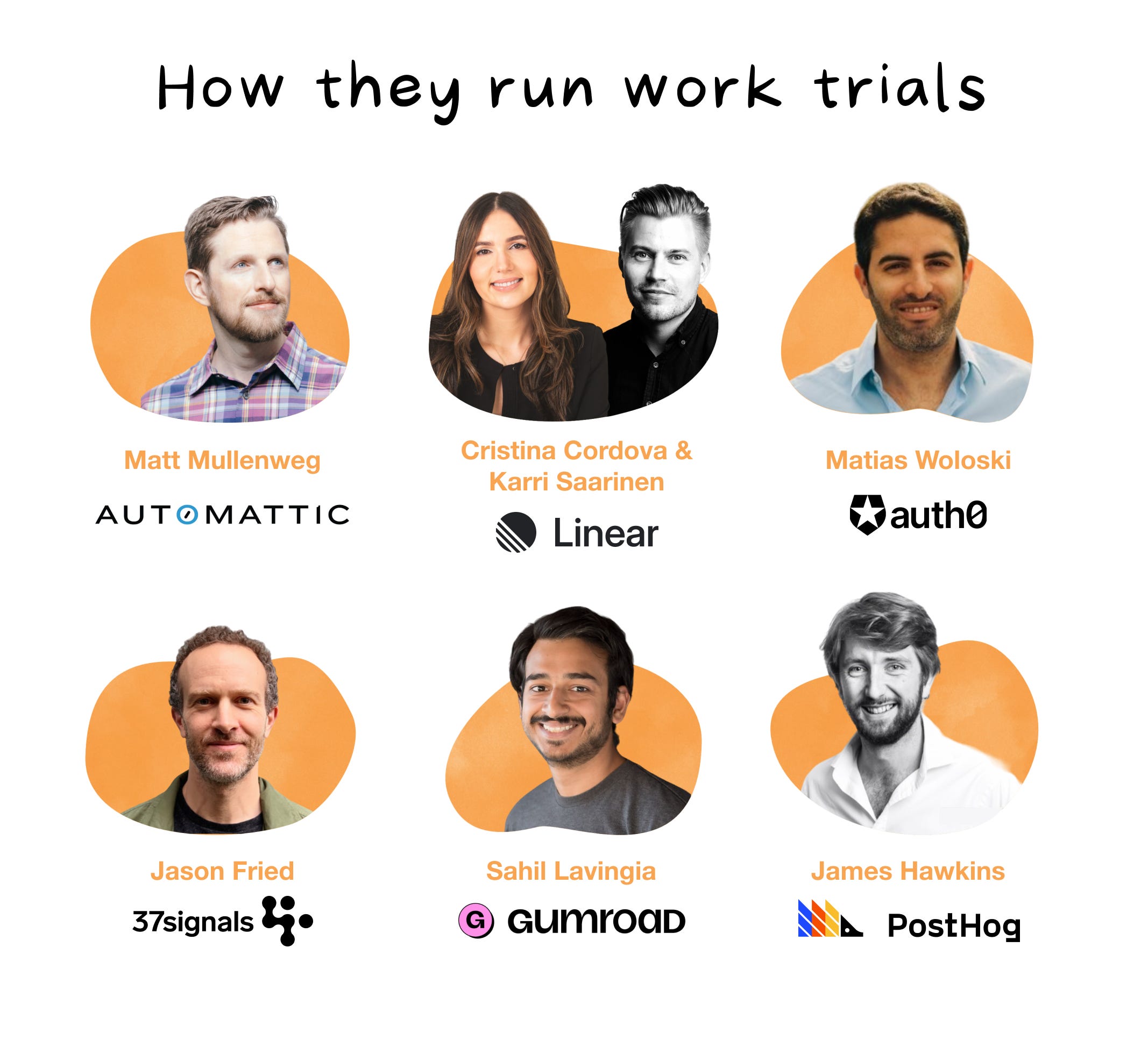
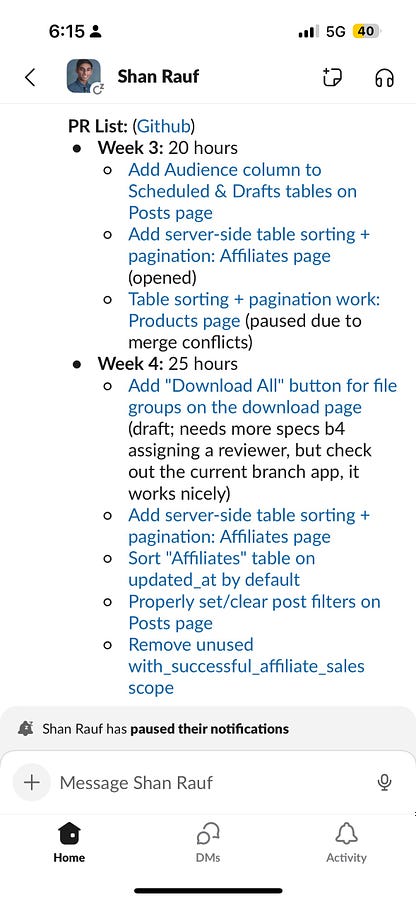
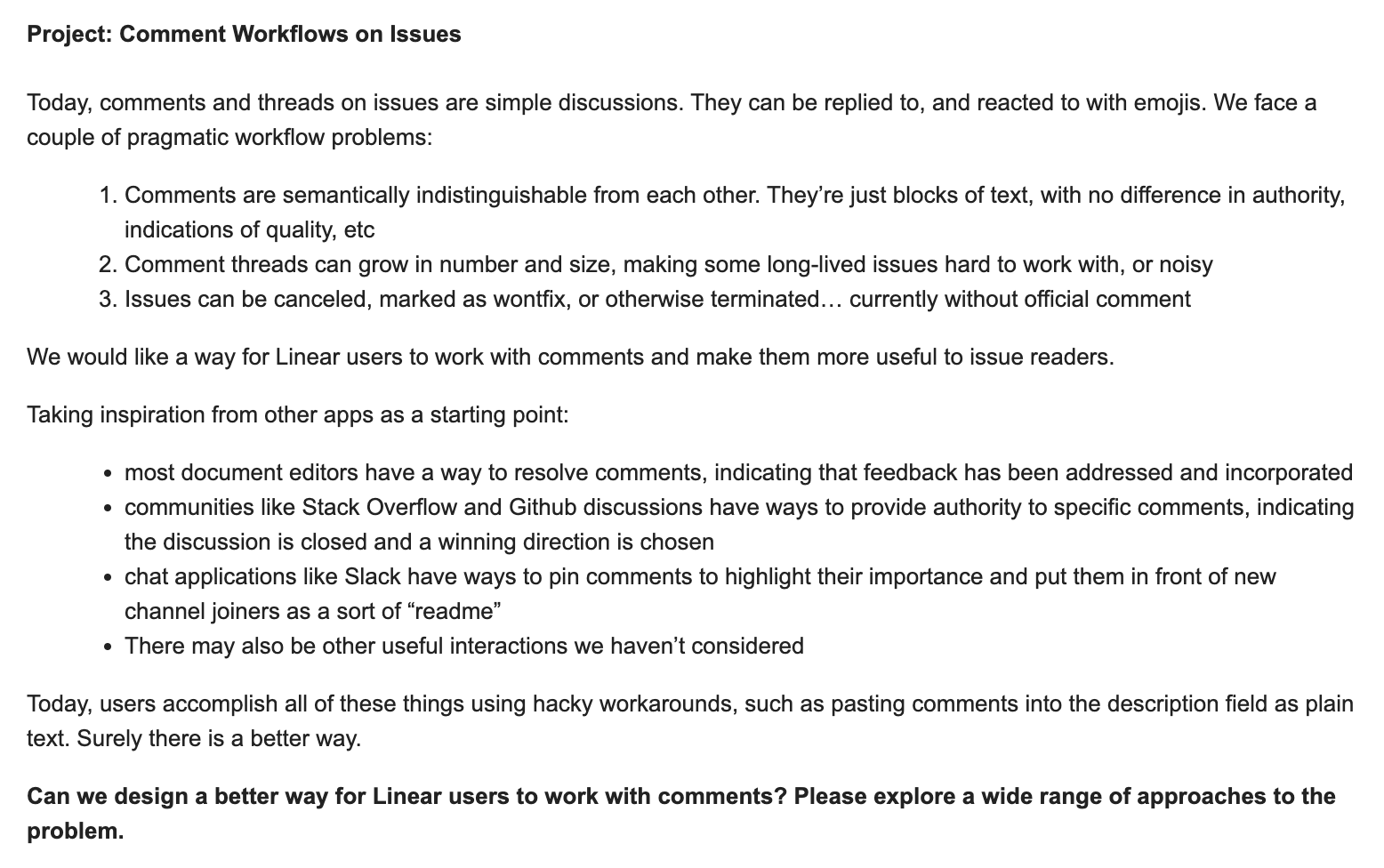
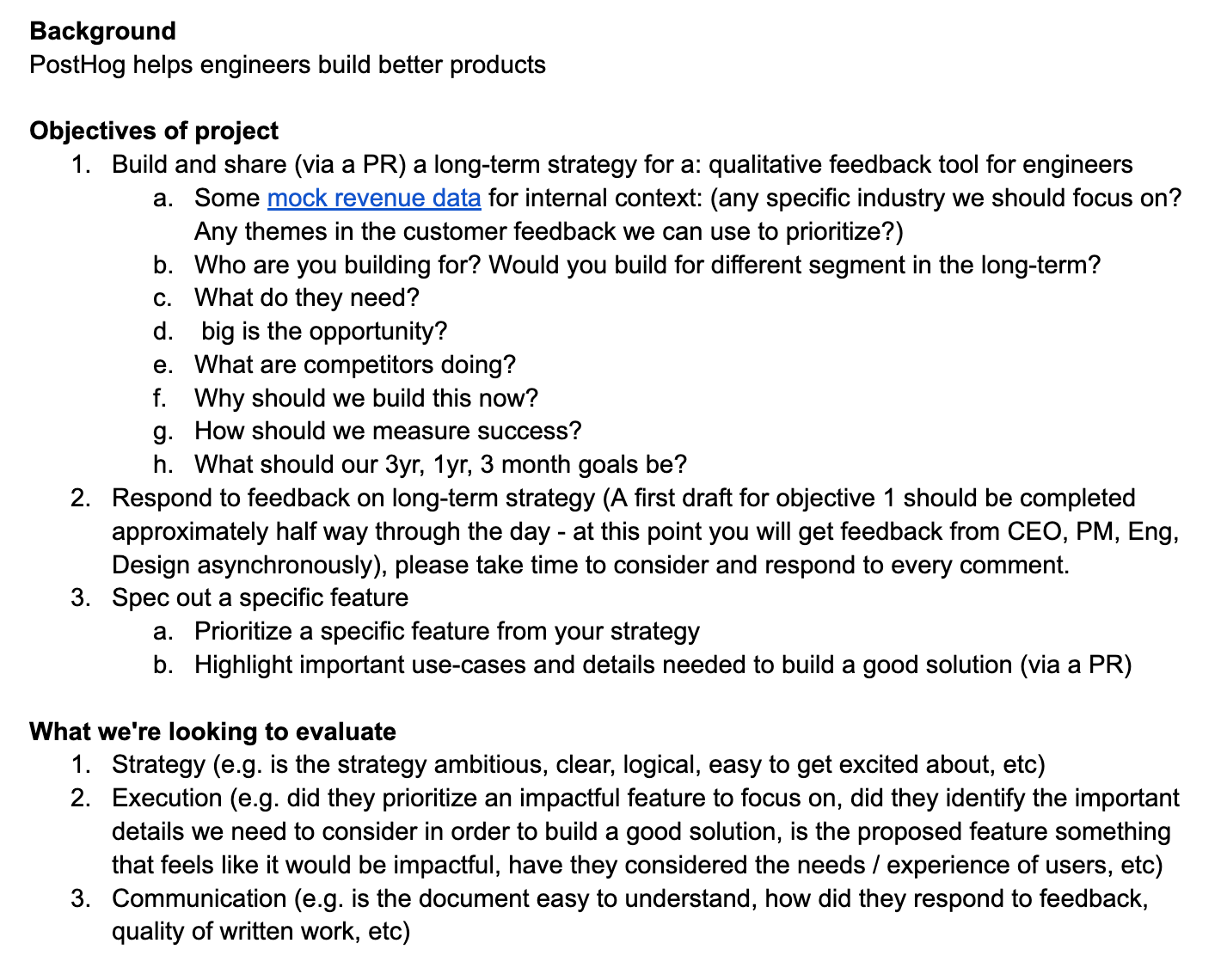
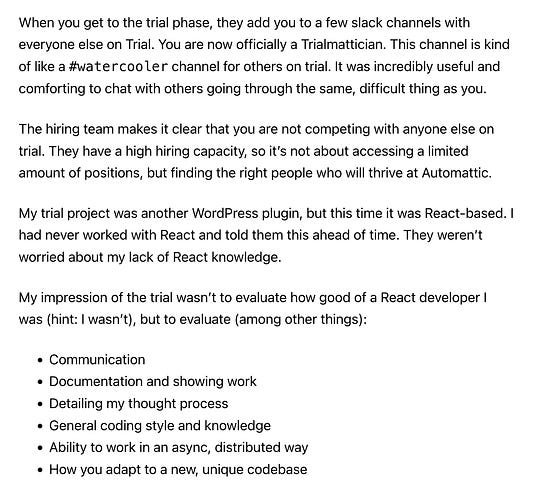

No comments:
Post a Comment